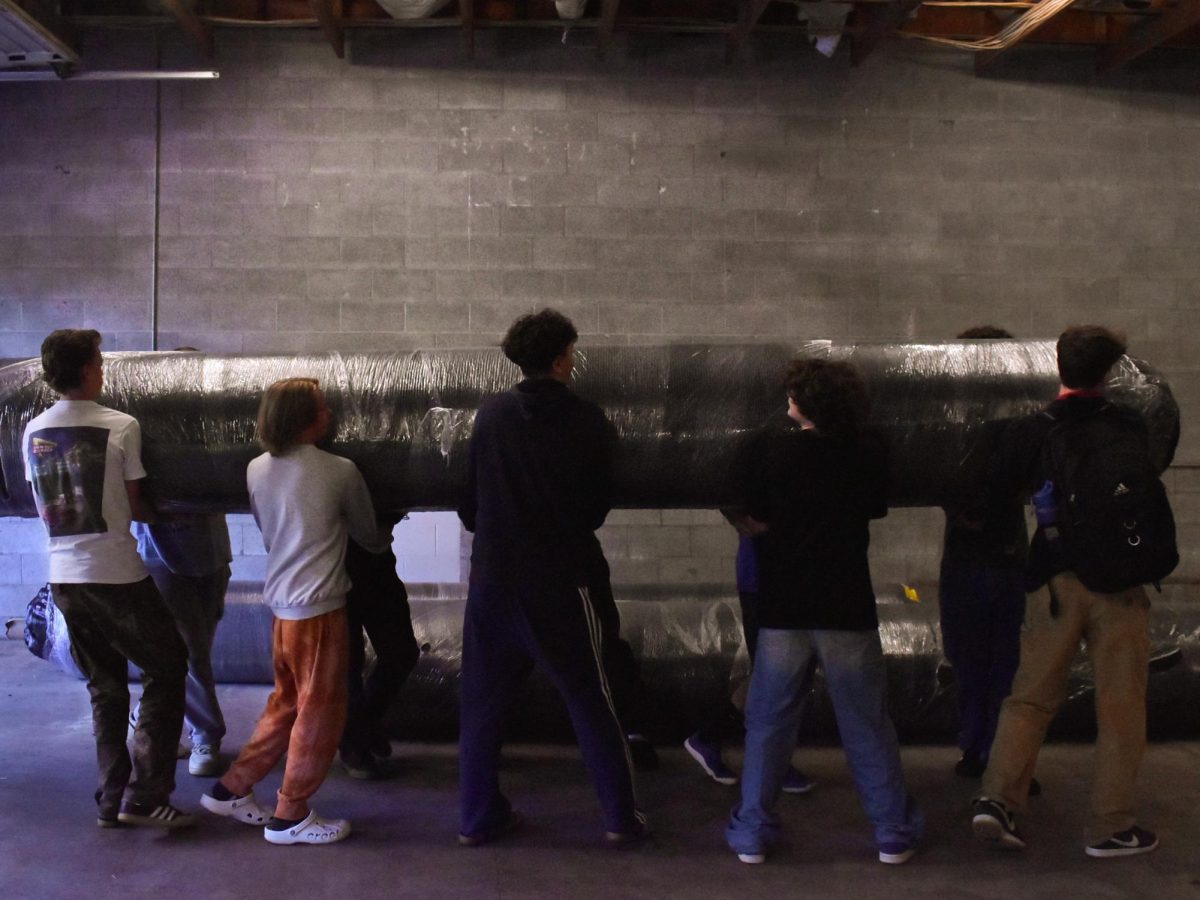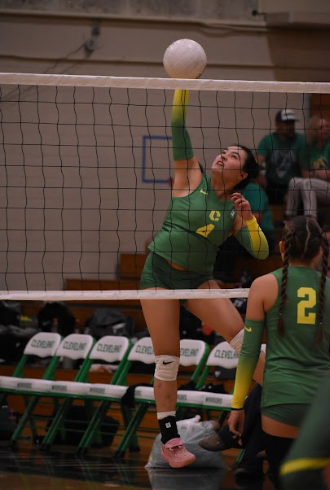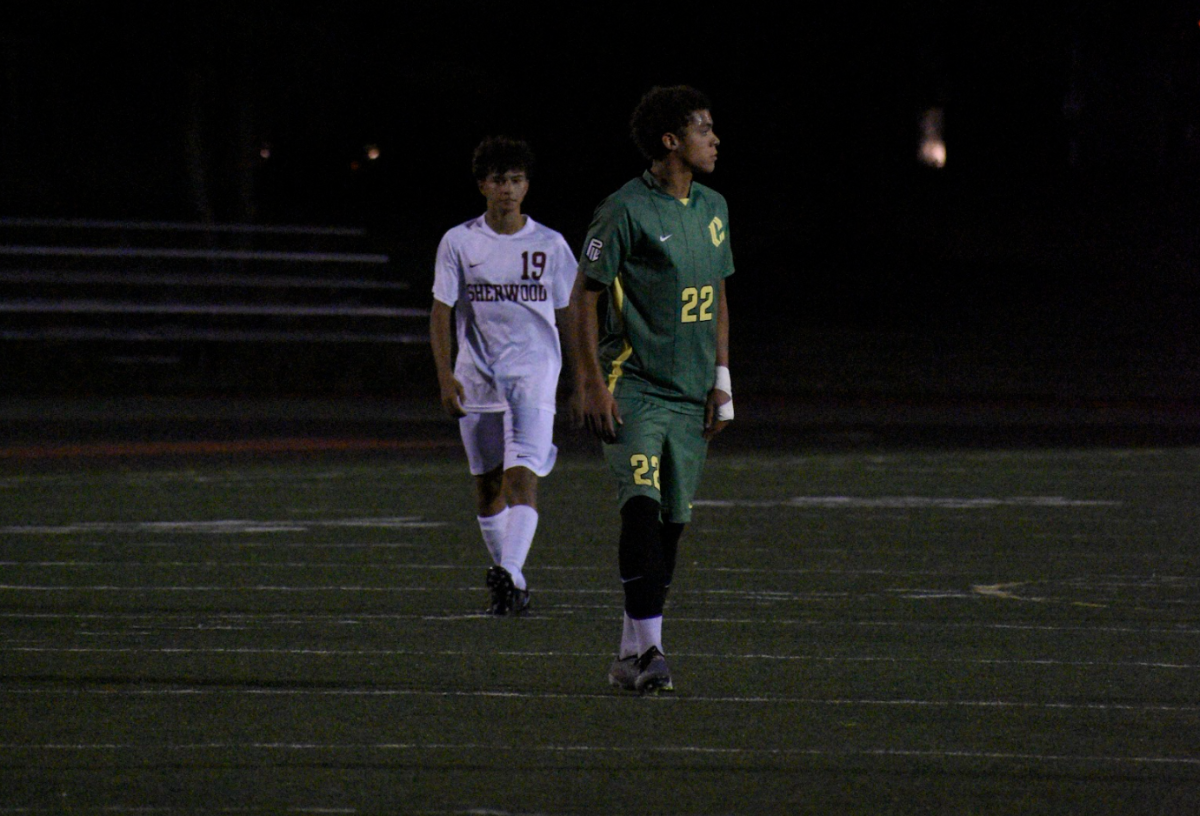For the 85th year, the NCAA tournament is set to take place to find the Men’s Basketball National Champion. Whether you’re a die-hard basketball fan or just someone who loves the thrill of filling out a bracket, March Madness always delivers surprises, heartbreaks, and Cinderella stories to viewers.
The fun begins on “Selection Sunday” when the 68-team field is picked by the committee. Eight teams play each other resulting in four of them getting knocked out before the main six rounds begin. The East, West, Midwest, and South regions contain 16 teams each. The winners of each region face each other in the final four, and the winners of those two games compete in the national championship game. Being a single-elimination tournament, it goes by quickly, and lots of surprising upsets occur.
One of the biggest traditions of March Madness, as a fan, is filling out a bracket. Bracket challenges are held among friends, workplaces, and even national competitions, where participants predict the winners of every game in the tournament. Big sites like CBS Sports, ESPN, and Yahoo all hold national online bracket competitions with huge amounts of prize money involved.
With millions of brackets entered each year, and so many possible scenarios, the odds of filling out a perfect bracket are incredibly low. If all 63 games are picked off the flip of a coin, then the odds of getting a perfect bracket are 1 in 9.2 quintillion. However, this has not stopped the constant increase in brackets filled out. Since 2015, statistics show that the number of people filling out brackets has skyrocketed, with approximately 80 million brackets being submitted online.
There are different strategies for filling out a bracket. Some people go with their gut, picking teams based on school loyalty or favorite mascots. Others use statistical analysis, looking into the team’s strength of schedule, efficiency ratings, and key player performances throughout the regular season. A common approach is to pick a few upsets. The difficulty is predicting the right ones.
The University of Oregon will make the tournament this year after being a bubble top-25 AP poll team throughout the regular season. Depending on how far of a run is made in the BIG10 tournament, they could be as high as a four seed. Oregon had a super dominant non-conference run to start the season but lost a fair amount of conference games in January. After making many runs into March Madness in the past decade, including a Final Four appearance in 2017, they are on track to make a deep run this year.
Another local Pacific Northwest school, Gonzaga University, is also going dancing this year. After winning the automatic tournament bid from the WCC, they are looking to be around a six-seed team this season. The small Catholic university in Spokane, Washington, has consistently been a threat in the tournament. Since 2017, they haven’t been seeded lower than a four-seed. This season, they have underperformed from past seasons but still have the roster depth to make a deep run.
March Madness has become one of the most thrilling and unpredictable major events in sports. A huge part of the tournament’s culture is the tradition of filling out brackets, which has grown rapidly in recent years, especially with the rise of online competitions and sports betting. This March, fill out a bracket, watch the games, and support your local Pacific Northwest teams as they look to win a National Championship.







